Between the sea of crushed sapphires and under the piercing azure sky, Pierre Gruneberg, puts on his iconic conical straw hat and stretches out one of his hands in the air, as if running his palm on an invisible piece of silk. At his feet, water splashes in unpredictable trajectories as two excited youngsters hastily jumped in the pool and plunged into the underwater universe below. Close by, a woman in her fifties wades lazily after victorious attempts of well executed breaststrokes.
Pool boys in perfect shades of bronze walk to and fro, adjusting the parasols and pouring champagne the next. Towels flecked here and there forming a mosaic only hampered occasionally by red-faced sun loungers, skin glistening from sun tan oil. Far on the horizon, sailboats gracefully float by.
Riva yachts crisscross the inviting waters of the Mediterranean, creating a sense of wonder of who is aboard. Are they vacationing tycoons, royal families, a movie crew, or perhaps some hard-nosed paparazzi itching to snap photos of celebrities taking downtime and hiding anonymously behind big-rimmed sunglasses on the French Riviera.
It was only a few months ago when a friend told me that if I were to spend a day in St. Jean Cap Ferrat in the south of France – any journey to that part of the Riviera should and must begin at the sun-soaked Club Dauphin, the beach club of the Grand Hotel du Cap-Ferrat. I failed to understand the logic but then later realized why.
Everyone who has heard of Europe’s most revered swimming instructor will be familiar with Gruneberg who returns every summer passing on his wisdom at the Club Dauphin. After spending the winter months as a ski instructor in the mountains, the resident swimming connoisseur of the hotel for the past 63 years, who has taught the likes of Picasso, Italy’s King Umberto II and the children of Charlie Chaplin, sheds his winter clothes and changes into his Speedos, encouraging guests to learn how to swim without really getting wet or as he fondly says, to be ‘waterproofed’.
As the welcoming zephyr of summer breeze washes in, I got up from my chair and slowly inched my way closer to Gruneberg – toned framed, charming at 85 and with laugh lines etched on his face as he walked by the side of the Olympic-sized swimming pool.
It was one of those days where he feels very talkative. For many years, after instilling inspiration to people to face their fear of water, I asked him about a life’s lesson that we can all learn from swimming.
‘Water and air’ he says, ‘are like a married couple, they complement each other. Swimming is like a gift, borne out of the need of water and air’, a mischievous glint emanates from his eyes reflecting the rays of light from the blinding September sun. A twinge of excitement swept over me that I asked if he can also enlighten me as to why this part of the world needs no sales pitch. ‘Dreams and reality reveal their secrets here in a simplistic meaning’, patting my shoulder and with a smile went on surveying his kingdom of monastic needs.
That halcyon afternoon, I itched to see the rest of St. Jean Cap Ferrat. I wanted to witness the dreams and the realities that Gruneberg had mentioned. Bidding ‘au revoir’ to the Grand Dame, a FourSeasons Hotel set amid manicured lush gardens and perched on a hill with panoramic views of the Mediterranean, I got behind the wheel of my Fiat 500 and allowed the roaming spirit to take over.
Shaped like a double-edged scimitar, St. Jean Cap Ferrat forms a peninsula between Monaco and the city of Nice. Yet unlike most this part of the Riviera, the cape’s landscape sculpted by natural elements remained remarkably unspoilt and far away in spirits from the blithesome elements one experiences in Cannes or St. Tropez.
The cape only a kilometer and a half wide and about four kilometers long, appears as a piece of land made for the privileged. An exclusive respite among European aristocracy and a playground for people with impeccable taste for luxury. I had step inside a dreamland.
Over the years, St. Jean Cap Ferrat’s history has absorbed waves of visitors drawn to the euphoria of a perfect paradise. Those who came year after year have finally decided to build their own villas on the same street as Somerset Maugham, David Niven, King Leopold II of Belgium, Bill Gates and the rumored property of Vladimir Putin.
It can all be too dizzying to watch the opulence unfolding in many forms. Take the Villa Ephrussi de Rothschild that presides over the entire hillside. Another villa with a romantic name of Santo Sospir had been Jean Cocteau and Picasso’s playground. Adding to the impressive list was Villa Mauresque where Somerset Maugham entertained the likes of Winston Churchill and Ian Fleming.
One may inevitably feel a pang of envy towards the glamorous lives that thrive behind the gates and thick hedges, almost sheltered from hardships and chaos of the world outside. I drove past red Ferraris and sleek Rolls Royces’ all the while struggling to fit my rented Fiat 500 in a closet-size parking space without denting the car or landing a few scratches. The torment and its realness made me think about Gruneberg’s parting words. That despite the certain quality of a genuine fantasy in St. Jean Cap Ferrat, elements of the physical and real-world living spill through.
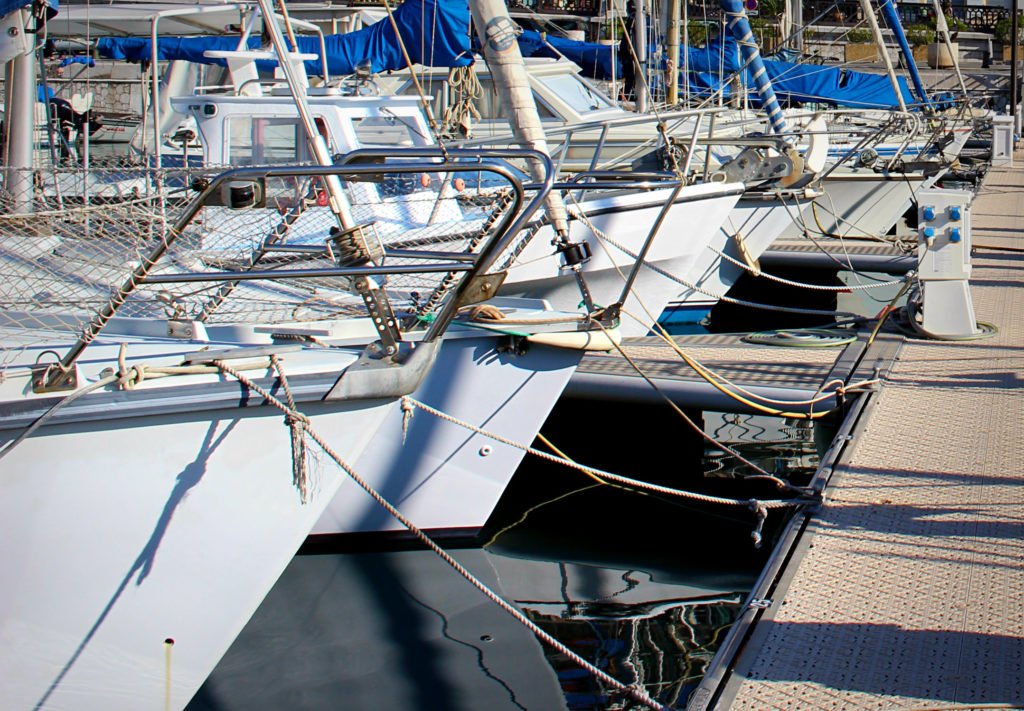

Dust had crept in subliminally with its dramatic pink streaks as I stood at the Quay Lindbergh. An 18th century harbor built by former inmates from the neighboring commune of Villefranche-sur-mer. Not far, sun-wisened locals contentedly sipping coffee at the harbor cafe. Gap toothed toddlers jumping in glee in front of an ice cream shop, a couple walking hand in hand and pecking each other with bisous, a fisherman mending his net whilst humming Edith Piaf’s La Vie en Rose.
Just off a nearby dock, fearless young boys somersaulted off the rocks into the silvery water. Orange tile roofs of century townhouses rose and fell like the waves of the adjacent Mediterranean Sea.
I studied the unfolding scene in front of me and for once, considered to enter into a silent pact with dreams and reality. The last remaining daylight faded. So did my notion that St. Jean Cap Ferrat is not just for the people which newspapers write about. Perhaps the indulgence of the sea and its tender sighs towards the shore, the maritime songs of the seagulls and the shade among the pines are more than enough to call such a place one’s own personal paradise – dream or reality.
BUTTER MY BAGUETTE
This website made of love strives to produce FREE CONTENT.
Help me tell more stories and keep this website free of any advertisement by supporting Flying Baguette in inspiring more people and connecting you with other cultures and communities around the world. Donate a little or as much as you can afford to keep the magic of Flying Baguette going for years to come. Support by clicking the icons below ⬇️






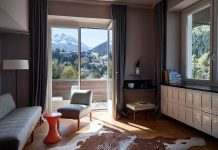
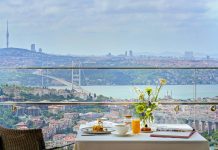
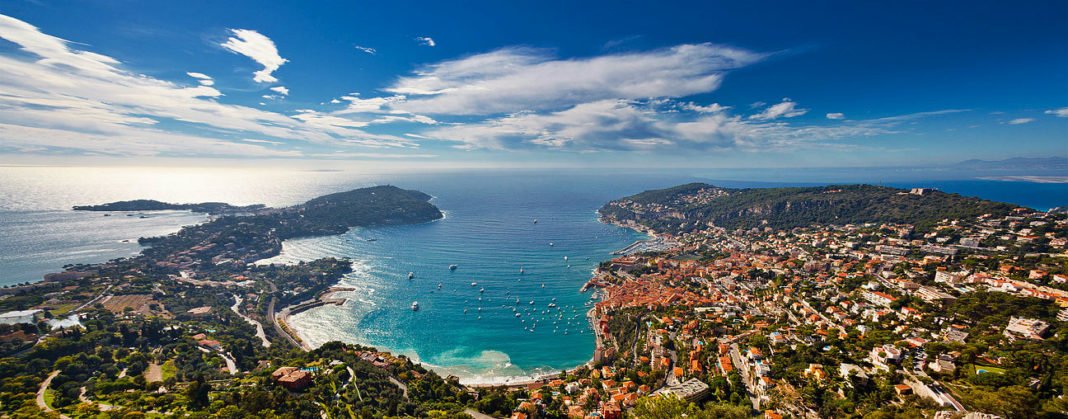
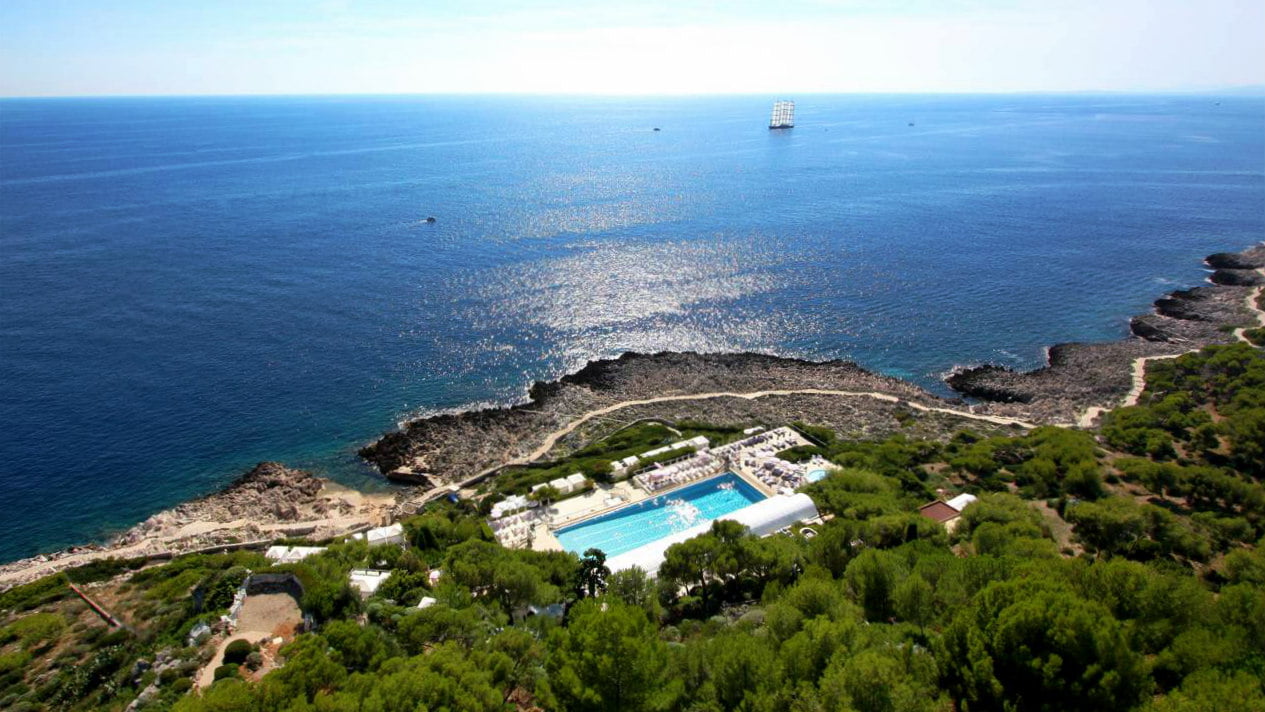


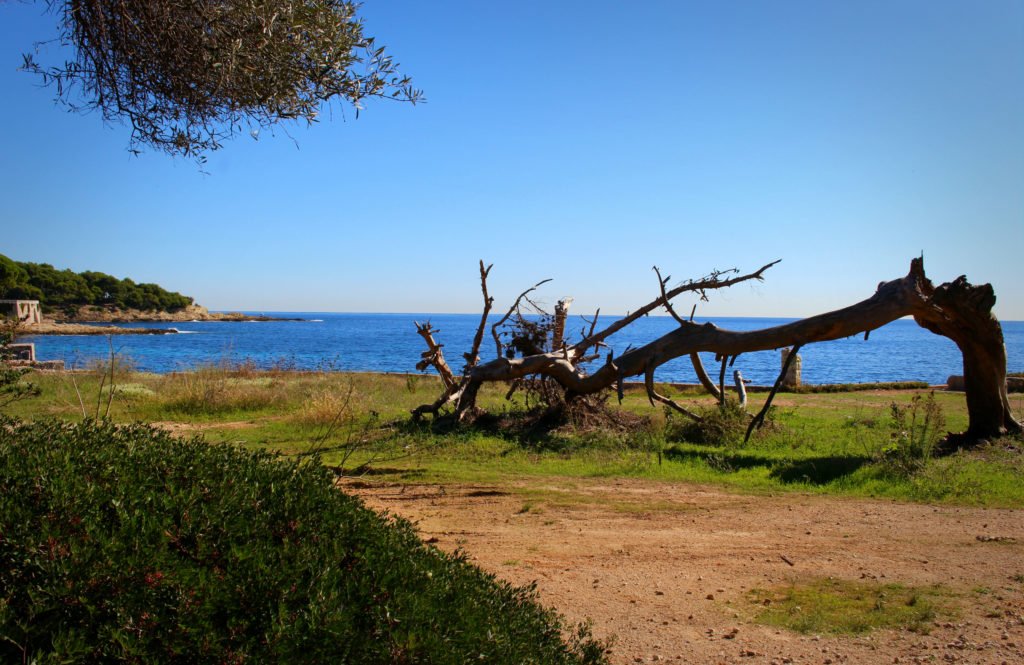

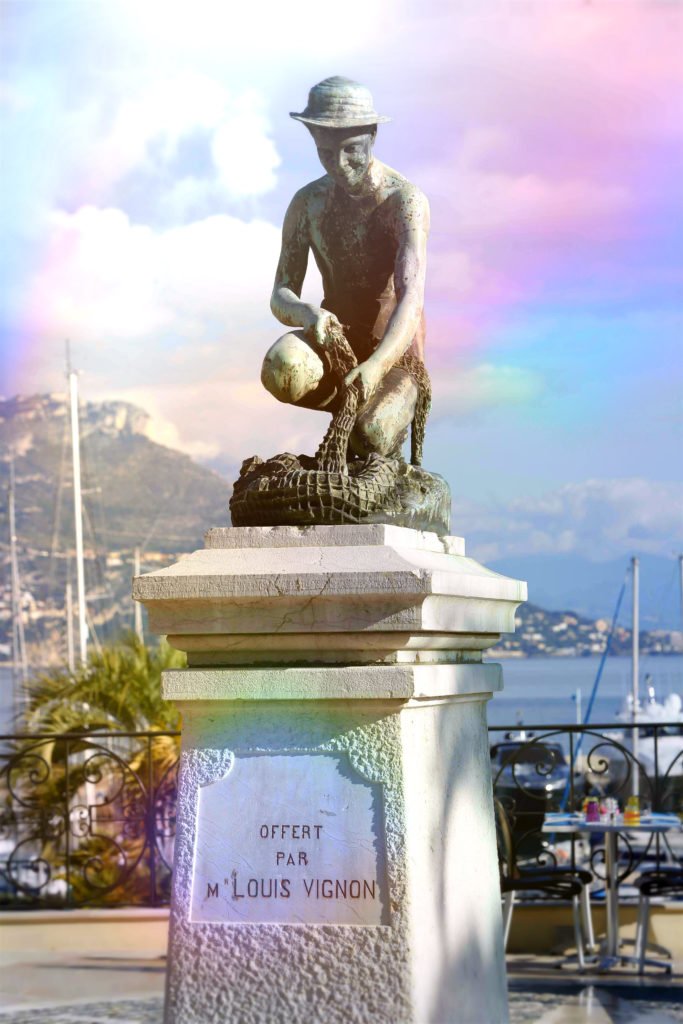

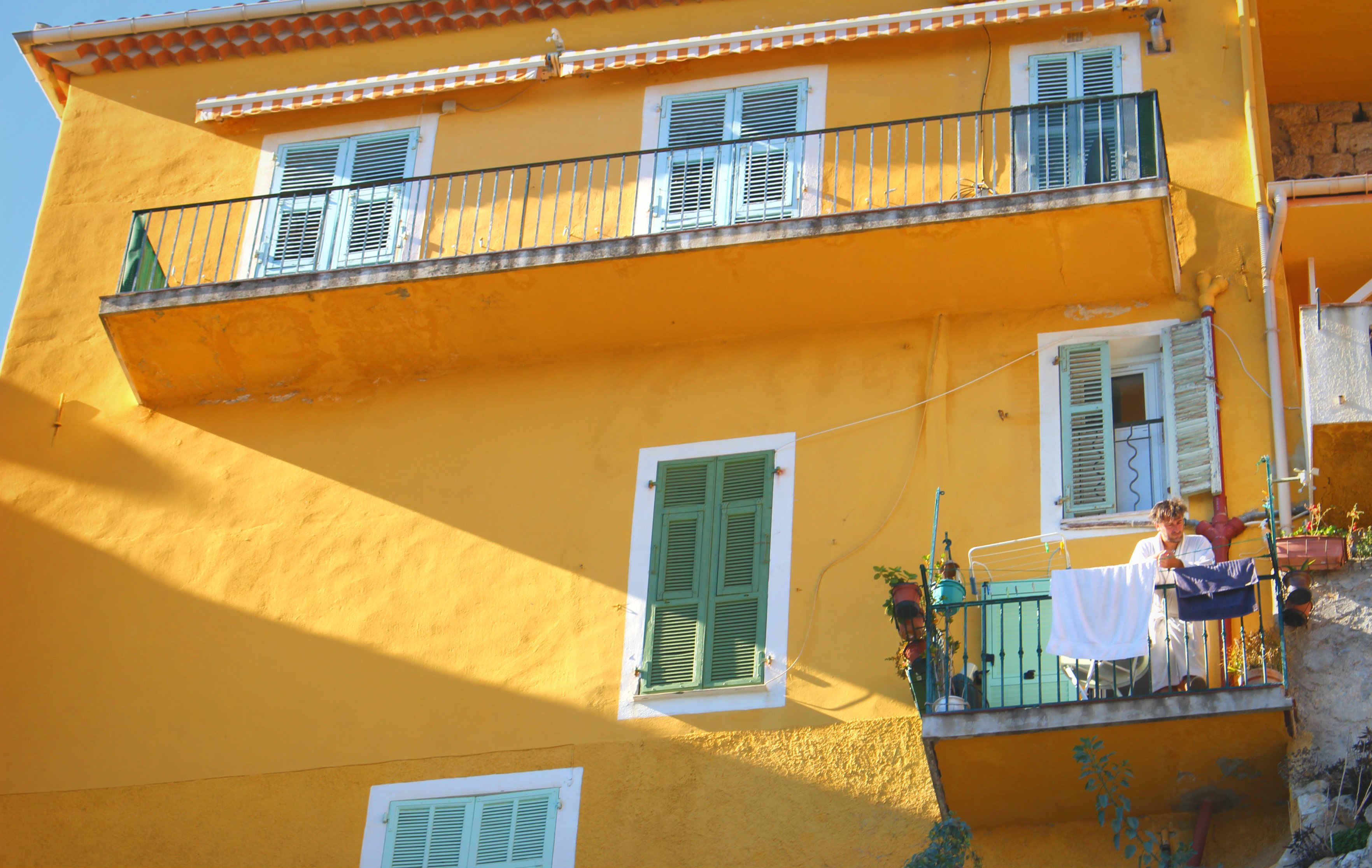






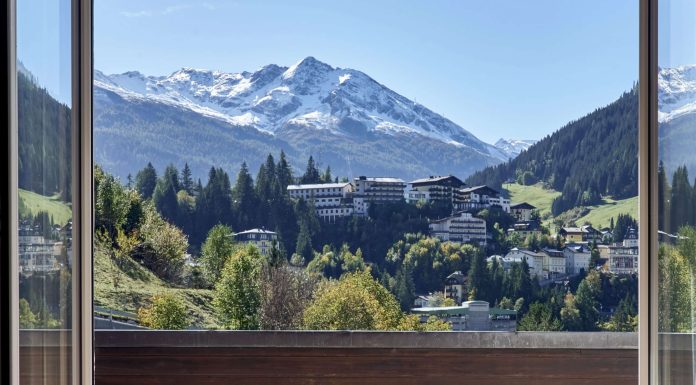



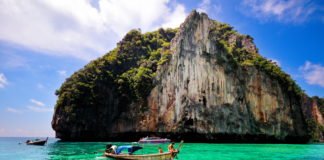
You’ve transported me to a world that I don’t have an interest to experience first hand, but watch from a distance. It sounds relaxing and exquisite though so maybe one day I’d let myself indulge in the lifestyle 😉
It’s been a lifetime since I visited the Riviera region. At the time (and now too…) my budget didn’t allow me to explore the area in the best or most luxurious way. I confess that it’s not my favorite type of tourism, but there’s no denying that the area is appealing. The beautiful beaches and the range of activities on offer are huge and attractive, whatever the time of year.
I echo the general consensus from my fellow commentors. The Riviera is not my typical holiday area (mostly cause I can’t afford it) and up until now haven’t really known much about it. St Jean Cap Ferrat oozes refined elegance and exclusivity, who would not want to indulge in that for an afternoon or two? I also appreciate your introduction of Gruneberg, the swimming maestro, who seems like an institution and experience to meet.
Carolin | Solo Travel Story
We are very unglamourous indeed so have never really considered the Riviera as a destination. The list of rich and famous denizens is impressive! But St Jean Cap Ferrat looks absolutely charming and more accessible that we might have imagined. As avid walkers, the rugged coastal paths and lighthouse are hugely attractive. And hanging out by the harbour, with the locals, has a definite appeal.
I haven’t spent a lot of time in the Riviera as I’ve always considered it too hard on my budget. Although I can’t live the life, it might be fun to spend a day rubbing elbows with the rich and famous.
Again your words create a full mental image, allowing me to wander with you.
Lyn | http://www.ramblynjazz.com
It’s been a long time since I visited the Riviera and unfortunately at the time I was not exactly financially equipped. It would be great to return, and maybe take a swimming lesson. Despite your struggles with parking, I was thinking the Fiat 500 would be a great car for zipping around the coast – and it’s an iconic car for such an environment.
The one thing I knew about St Jean Cap Ferrat was that it is a playground of the rich and famous – and your post definitely reaffirms that supposition!
I had friends who lived nearby and always said that whilst they visited the area for the views and beauty they never spent money here as everything was so much more expensive than the norm, given its wealthy status.
The French Riviera though is marvellous in almost any location and this post proves that this area holds the crown.
Wow how I love reading your words. You put us firmly Into the Riviera. And it all sounds stunning.
You’re making me miss the sea!!! Not sure when I’ll see it again and this is beauuuutiful.
What a gorgeous place! It sounds so relaxing and perfect honestly! I’d love to walk on the coastal path with beautiful blue skies and water everywhere 🙂
I think i could do with some lessons from Gruneberg. My daughters are incredible swimmers, but I wasn’t taught properly.
St. Jean Cap Ferrat sounds incredible and I can just imagine what the views must be like walking along the cliff coastal paths.